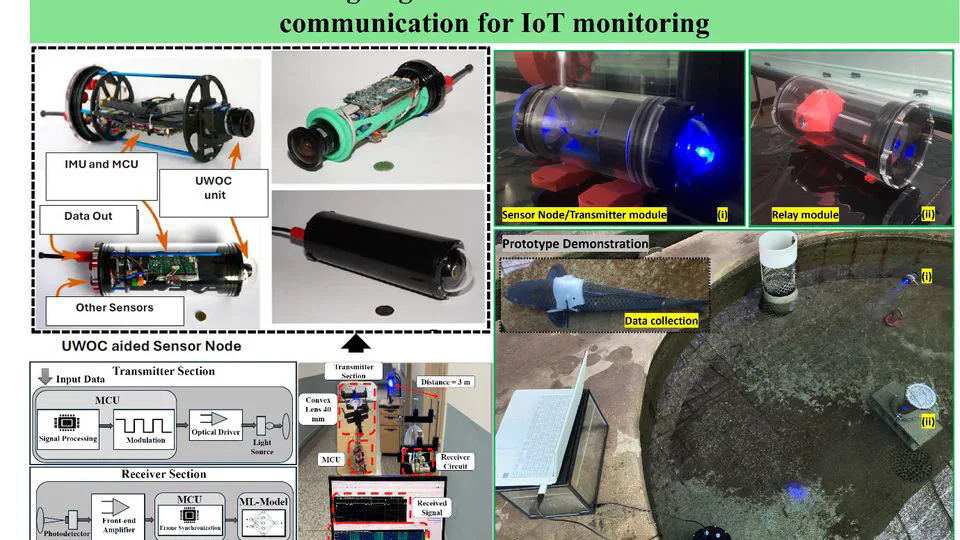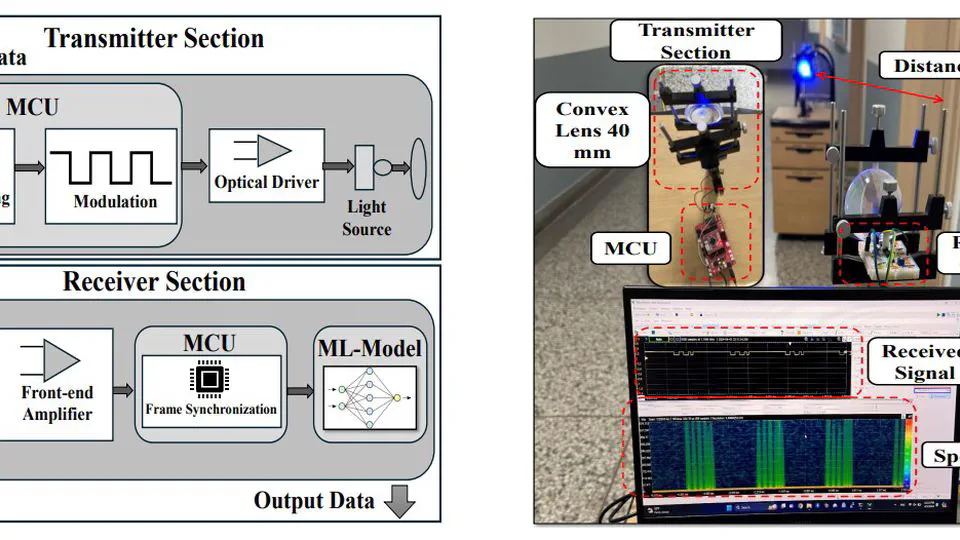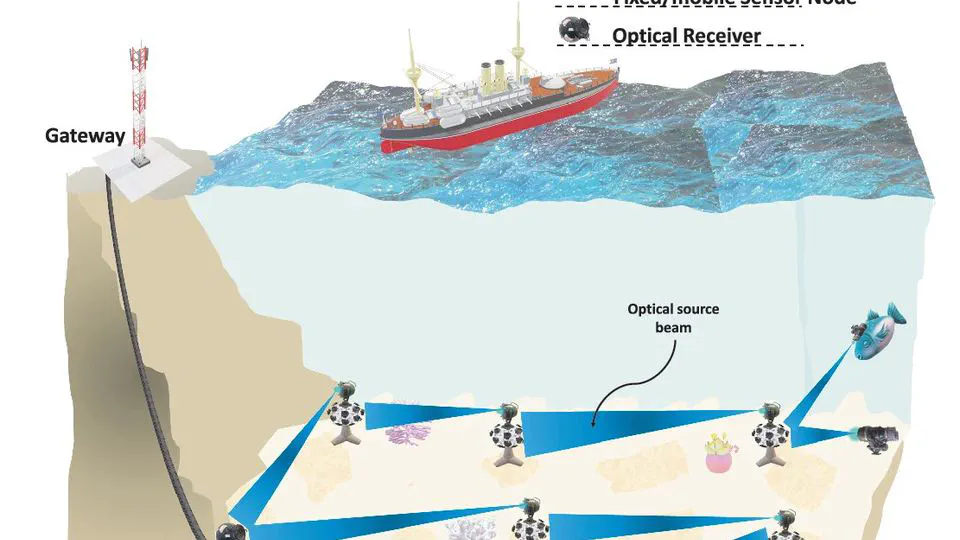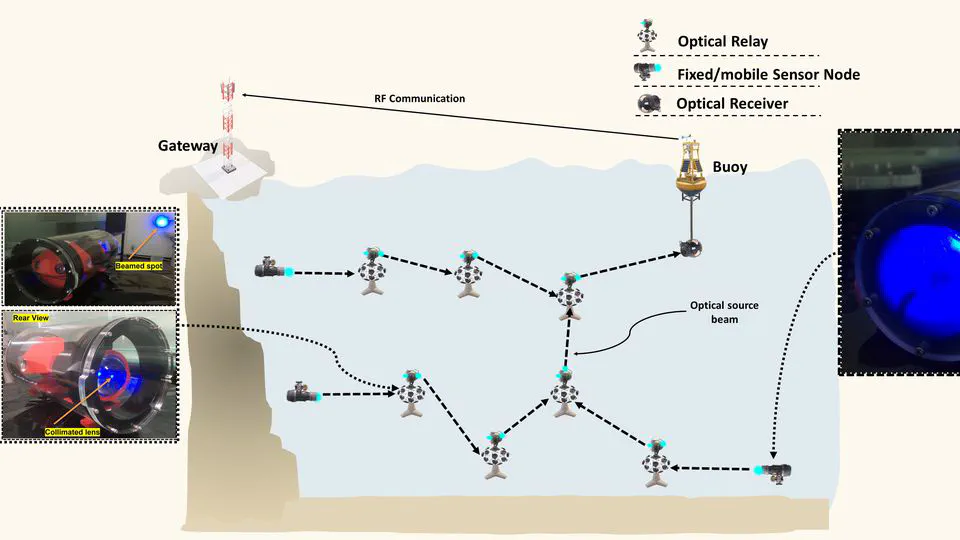About Me
With a Ph.D. in AI Convergence and an M.S. in Electrical Communication Systems, I apply Machine Learning to IoT and complex signal/image analysis. My expertise includes: designing VLC/LoRa/UWOC modules, designing end-to-end ML pipelines for medical image processing; analyzing ultrasound signals with diverse ML models for classification and prediction; and performing geometric analysis and visualization. This complements my doctoral research in AI-assisted IoT/UIoT/UWSN/UWOC/VLC and foundational experience in RF/microwave component simulation, design, and fabrication.
- AI assisted IoT
- UWOC
- Passive RF Components
- UWSN
- Visible Light Communication
PhD Artificial Intelligence Convergence
Pukyong National University, Korea
M.S. Electrical and Electronic Engineering
Soonchunhyang University, Korea
B.S Telecommunication Engineering
University of Engineering and Technology, Pakistan
Welcome to my page. I have research expertise in the domains of Artificial Intelligence, Internet of Things, Underwater Wireless Sensor Network, Underwater Wireless Optical Communication, and RF Communication Component Design. I utilize various tools and simulation techniques to evaluate and develop communication modules (VLC and LoRA based), analyze their performance, and publish academic papers that undergo peer review process. I utilize a diverse range of sensor data (waveform/time-series/2D/3D images) to train machine learning models in order to predicts different patterens.
Reach out to collaborate.
1: Tooth aging monitoring using ultrasound and CNN
This study proposes a new, non-invasive method for dental age assessment using ultrasound signals and machine learning. The research analyzes ultrasound signals from teeth, both as spectrogram images (analyzed by MobileNetV2) and time-series data (analyzed by a 1D CNN), to classify teeth based on pulp-to-dentin ratio, a key indicator of age.
2: DUI Detection via ML and Ultrasound
This study proposes a new, accurate, and low-cost method for detecting driver intoxication using ultrasonic sensors and machine learning, aiming to improve upon existing Driver Alcohol Detection System for Safety technologies. This research uses a simple, durable 40kHz ultrasonic transducer to detect varying concentrations of alcohol. The resulting signals are then analyzed using five different CNN based ML models.
3: ML augmented Analysis of Biomaterial Concentration in Bioprinting via Ultrasound Signal
This study introduces a novel, non-invasive method for real-time monitoring of alginate and gelatin concentrations during bioprinting. This research utilizes ultrasound signals, collected non-invasively with a single-element transducer, to capture concentration-related information without any preprocessing. These signals are then analyzed using CNN based models: Hybrid CNN-LSTM, TCN, vision based ResNET18, and DeepconvLSTM to accurately and reliably determine the concentrations of both gelatin and alginate.
4: ML aided Medical Image Analysis by leveraging Mask R-CNN/ SAM and Keypoint R-CNN
I design and implement an end-to-end analysis pipeline for red blood cell imaging using machine learning. I use CVAT to annotate images with bounding boxes, pixel-perfect segmentation masks, and keypoints for Keypoint R-CNN. I incorporate SwinIR to enhance image quality and fine-tune a Mask R-CNN (and Keypoint R-CNN when needed) on the custom dataset. I also leverage the SAM tool (Segment Anything Mask) for robust segmentation tasks. Additionally, I develop scripts to calculate geometric dimensions (area, bounding box, MinAreaRect, PCA axes) and to compute the percentage changes between “before” and “after” images, while generating visualizations that overlay these measurements and present bar charts of the changes.




